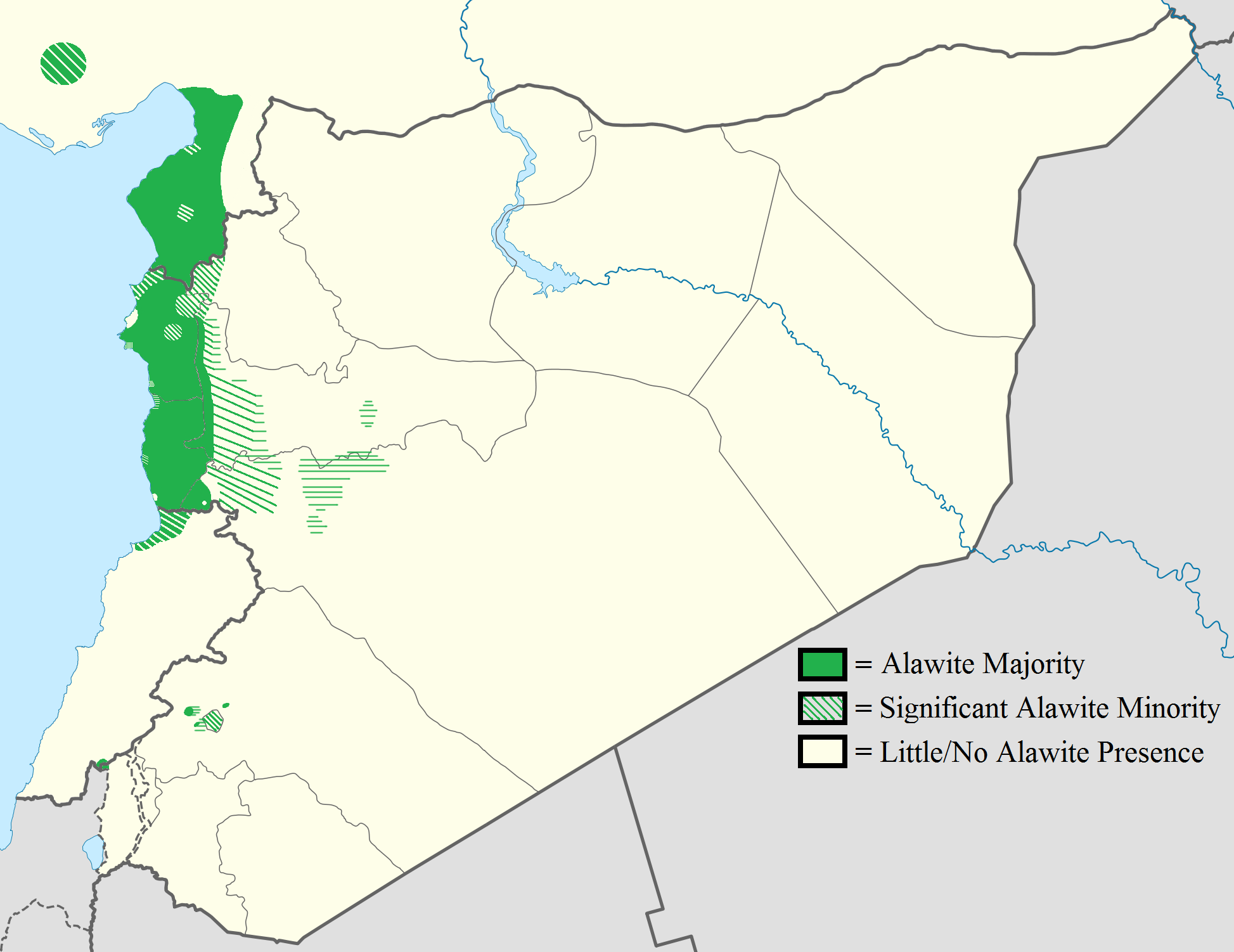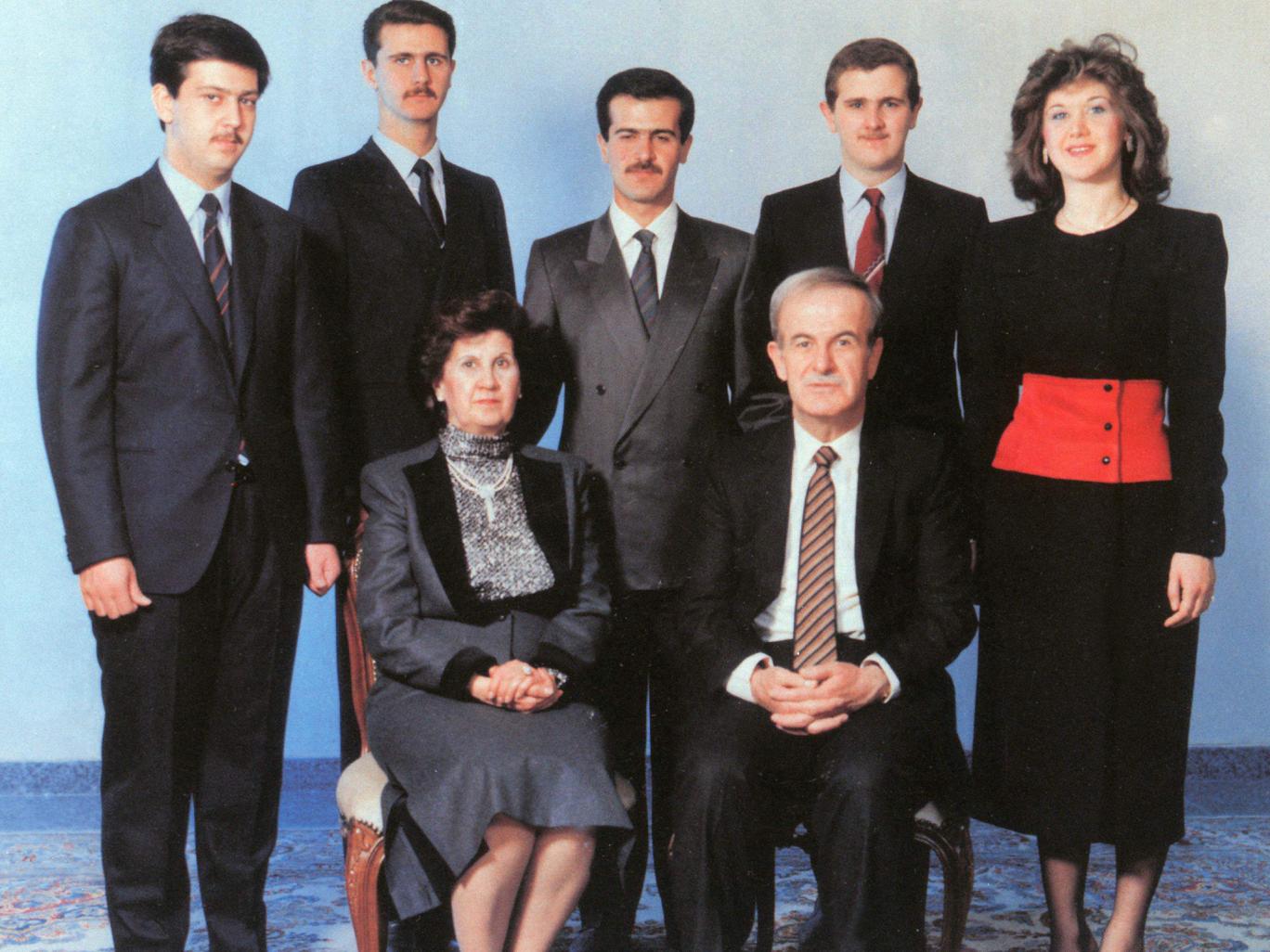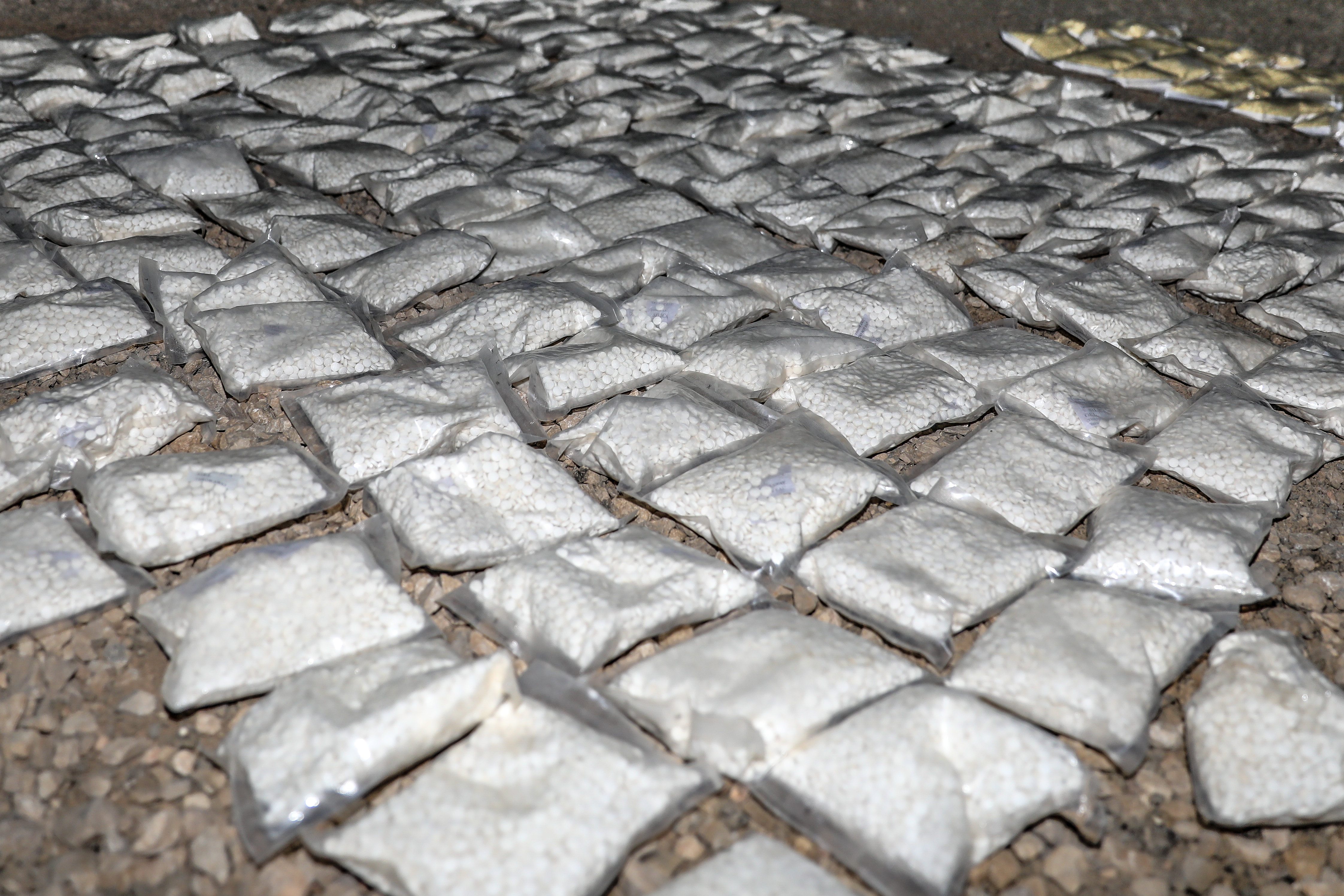|
Nahr Al-Kabir
The Nahr al-Kabir, also known in Syria as al-Nahr al-Kabir al-Janoubi (, in contrast with the Nahr al-Kabir al-Shamali) or in Lebanon simply as the Kebir, is a river in Syria and Lebanon flowing into the Mediterranean Sea at Arida. The river is long, and drains a watershed of . Its headwaters are at the Ain as-Safa spring in Lebanon and it flows through the Homs Gap in the Orontes River Valley of southern Syria. The river forms the northern part of the Lebanon–Syria border at the Jebel Ansariyah mountains in Syria. In antiquity, the river was known as ''Eleutherus'' (Greek Ελεύθερος ''Eleutheros'', Ελευθερίς ''Eleuteris'' ''lit.'' 'free'). It defined the border between the Seleucid and Ptolemaic empires during much of the 3rd century BCE. The river is mentioned by Josephus and in 1 Maccabees 11:7 and 12:30. Due to its shallowness, the river was a key site of the Syrian refugee crisis since 2011. It was a location for people smuggling and drug (es ... [...More Info...] [...Related Items...] OR: [Wikipedia] [Google] [Baidu] |
Seleucid Empire
The Seleucid Empire ( ) was a Greek state in West Asia during the Hellenistic period. It was founded in 312 BC by the Macedonian general Seleucus I Nicator, following the division of the Macedonian Empire founded by Alexander the Great, and ruled by the Seleucid dynasty until its annexation by the Roman Republic under Pompey in 63 BC. After receiving the Mesopotamian regions of Babylonia and Assyria in 321 BC, Seleucus I began expanding his dominions to include the Near Eastern territories that encompass modern-day Iraq, Iran, Afghanistan, Syria, and Lebanon, all of which had been under Macedonian control after the fall of the former Achaemenid Empire. At the Seleucid Empire's height, it had consisted of territory that covered Anatolia, Persia, the Levant, Mesopotamia, and what are now modern Kuwait, Afghanistan, and parts of Turkmenistan. The Seleucid Empire was a major center of Hellenistic culture. Greek customs and language were privileged; the wide vari ... [...More Info...] [...Related Items...] OR: [Wikipedia] [Google] [Baidu] |
Rivers Of Syria
A river is a natural stream of fresh water that flows on land or inside caves towards another body of water at a lower elevation, such as an ocean, lake, or another river. A river may run dry before reaching the end of its course if it runs out of water, or only flow during certain seasons. Rivers are regulated by the water cycle, the processes by which water moves around the Earth. Water first enters rivers through precipitation, whether from rainfall, the runoff of water down a slope, the melting of glaciers or snow, or seepage from aquifers beneath the surface of the Earth. Rivers flow in channeled watercourses and merge in confluences to form drainage basins, or catchments, areas where surface water eventually flows to a common outlet. Rivers have a great effect on the landscape around them. They may regularly overflow their banks and flood the surrounding area, spreading nutrients to the surrounding area. Sediment or alluvium carried by rivers shapes the landscape aro ... [...More Info...] [...Related Items...] OR: [Wikipedia] [Google] [Baidu] |
Rivers Of Lebanon
This is a list of waterways named as rivers in Lebanon. Lebanon has 22 rivers all of which are navigability, non-navigable; 28 rivers originate on the western face of the Mount Lebanon, Lebanon range and run through the steep gorges and into the Mediterranean Sea, the other 6 arise in the Beqaa Valley. Sources: See also * List of mountains in Lebanon References {{Asia topic, List of rivers of Rivers of Lebanon, * Geography of Lebanon ... [...More Info...] [...Related Items...] OR: [Wikipedia] [Google] [Baidu] |
2025 Massacres Of Syrian Alawites
A series of mass killings and massacres against Alawites occurred in Syria from 6 March 2025 to 17 March 2025, with a resurgence in early April. They were part of communal and sectarian violence by fighters aligned with the Syrian caretaker government (including locally mobilised civilians, Syrian National Army (SNA) militias and Saraya Ansar al-Sunnah), in addition to armed remnants of the former Assad regime against Sunnis. The typical pattern of the attacks involved armed gunmen showing up at civilians' doors, interrogating them by asking whether they are Alawite or Sunni, and then targeting and killing them based solely on their response. The events followed large-scale attacks by pro-Assad insurgents on 6 March as well as the ongoing clashes in Western Syria in the Syrian civil war. As of 17 March 2025, the UK-based independent monitoring group Syrian Network for Human Rights (SNHR) reported that 1,084 people, including civilians and fighters, were killed in the cl ... [...More Info...] [...Related Items...] OR: [Wikipedia] [Google] [Baidu] |
Fall Of The Assad Regime
On 8 December 2024, the Assad regime collapsed during a 2024 Syrian opposition offensives, major offensive by Syrian opposition, opposition forces. The offensive was spearheaded by Hay'at Tahrir al-Sham (HTS) and supported mainly by the Turkish-backed Syrian National Army as part of the ongoing Syrian civil war that began with the Syrian revolution in 2011. The Fall of Damascus (2024), capture of Syria's capital, Damascus, marked the end of the Assad family's rule, which had governed Syria as a hereditary Totalitarianism, totalitarian dictatorship since Hafez al-Assad assumed power in 1971 after a Corrective Movement (Syria), successful coup d'état. As Southern Operations Room, a rebel coalition advanced towards Damascus, reports emerged that Bashar al-Assad had fled the capital aboard a plane to Russia, where he joined his family, already in exile, and was granted Right of asylum, asylum. Following his departure, opposition forces declared victory on state television. Concu ... [...More Info...] [...Related Items...] OR: [Wikipedia] [Google] [Baidu] |
Captagon
Fenethylline ( BAN, USAN) or fenetylline (INN) is a codrug of amphetamine and theophylline and so a mutual prodrug of both. It is also spelled phenethylline; other names for it are amphetaminoethyltheophylline and amfetyline. The drug was marketed for use as a psychostimulant under the brand names Captagon, Biocapton, and Fitton. The brand name "Captagon" (or in lowercase as "captagon") is often used generically to describe illicitly produced fenethylline. Fenethylline is now illegal in most countries. It is produced primarily for illicit use, which takes place mainly in the Middle East, with some evidence that it is used by Islamist militants and terrorists, as stimulants for gunmen. The illicit global market for the drug was estimated in 2023 to be worth approximately US$ 57 billion. Smuggling of Captagon became Syria's principal export, exceeding the total of all other exports under the Assad regime, from 2011 to 2024 of the Syrian Civil War in which it ruled Syria. It ... [...More Info...] [...Related Items...] OR: [Wikipedia] [Google] [Baidu] |
1 Maccabees
1 Maccabees, also known as the First Book of Maccabees, First Maccabees, and abbreviated as 1 Macc., is a deuterocanonical book which details the history of the Maccabean Revolt against the Seleucid Empire as well as the founding and earliest history of the independent Hasmonean kingdom. It describes the promulgation of decrees forbidding traditional Jewish practices by King Antiochus IV Epiphanes and the formation of a rebellion against him by Mattathias of the Hasmonean family and his five sons. Mattathias's son Judas Maccabeus (Judah Maccabee) takes over the revolt and the rebels as a group are called the Maccabees; the book chronicles in detail the successes and setbacks of the rebellion. While Judas is eventually killed in battle, the Maccabees eventually achieve autonomy and then independence for Judea under the leadership of the Hasmonean family. Judas's brother Simon Thassi is declared High Priest by will of the Jewish people. The time period described is from arou ... [...More Info...] [...Related Items...] OR: [Wikipedia] [Google] [Baidu] |
The Wars Of The Jews
''The Jewish War'' is a work of Jewish history written by Josephus, a first-century Roman people, Roman-Jews, Jewish historian. It has been described by the biblical historian Steve Mason (biblical scholar), Steve Mason as "perhaps the most influential non-biblical text of Western history". Content Divided into seven books, it opens with a summary of Jewish history from the capture of Jerusalem by the Seleucid Empire, Seleucid emperor Antiochus IV Epiphanes in 168 BC to the first stages of the First Jewish–Roman War, books I and II. The next five books detail the unfolding of the war, under Roman generals Vespasian and Titus, to the death of the last Sicarii. The book was written about 75 AD, originally in Josephus' "paternal tongue" – either Aramaic language, Aramaic or Hebrew language, Hebrew – though this version has not survived. It was later translated into Greek, probably under the supervision of Josephus himself. Buth and Pierce wrote, "The current Greek edition do ... [...More Info...] [...Related Items...] OR: [Wikipedia] [Google] [Baidu] |
Josephus
Flavius Josephus (; , ; ), born Yosef ben Mattityahu (), was a Roman–Jewish historian and military leader. Best known for writing '' The Jewish War'', he was born in Jerusalem—then part of the Roman province of Judea—to a father of priestly descent and a mother who claimed Hasmonean royal ancestry. He initially fought against the Roman Empire during the First Jewish–Roman War as general of the Jewish forces in Galilee, until surrendering in AD 67 to the Roman army led by military commander Vespasian after the six-week siege of Yodfat. Josephus claimed the Jewish messianic prophecies that initiated the First Jewish–Roman War made reference to Vespasian becoming Roman emperor. In response, Vespasian decided to keep him as a slave and presumably interpreter. After Vespasian became emperor in AD 69, he granted Josephus his freedom, at which time Josephus assumed the Emperor's family name of '' Flavius''. Flavius Josephus fully defected to the Roman s ... [...More Info...] [...Related Items...] OR: [Wikipedia] [Google] [Baidu] |







